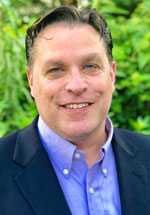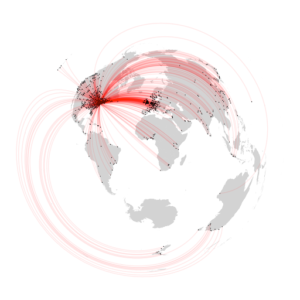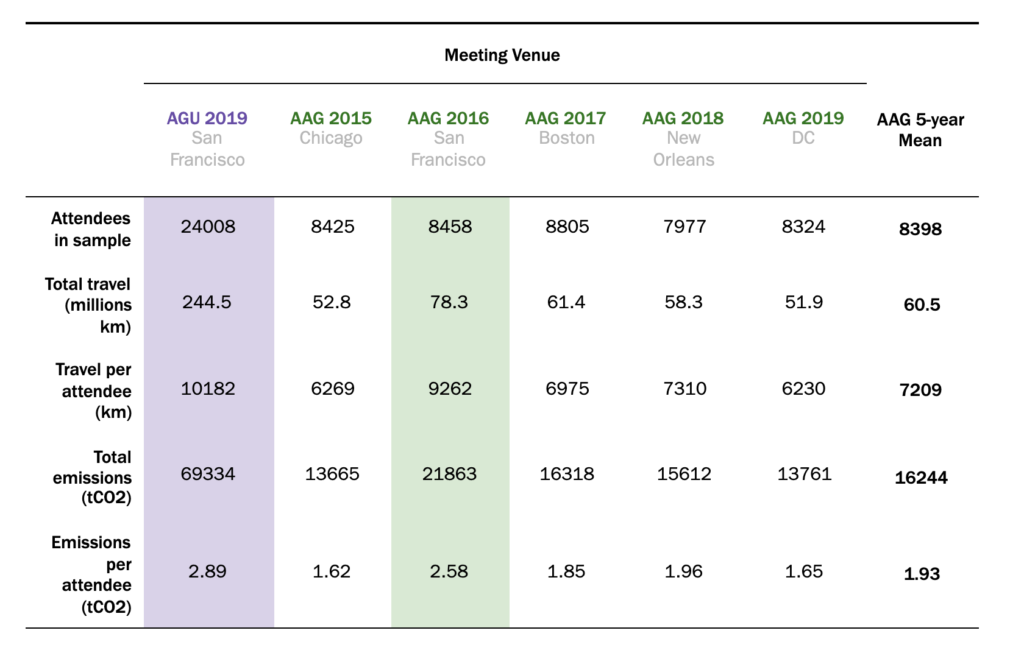Climate Change and Carbon Emissions at the AAG
 The AAG has a long history of engaging in and supporting climate change policy and research. Since climate change is the existential threat and crisis of our age, the need to continue this engagement and reduce our contribution to carbon emissions is clear. We will continue to seek policy action on behalf of our members–actions designed to influence the societal and governmental change required for durable solutions. For example, the AAG recently updated its climate statement, and just last week, our name appeared on a list of 80 societies calling for global action ahead of COP26.
The AAG has a long history of engaging in and supporting climate change policy and research. Since climate change is the existential threat and crisis of our age, the need to continue this engagement and reduce our contribution to carbon emissions is clear. We will continue to seek policy action on behalf of our members–actions designed to influence the societal and governmental change required for durable solutions. For example, the AAG recently updated its climate statement, and just last week, our name appeared on a list of 80 societies calling for global action ahead of COP26.
Since climate change is the existential threat and crisis of our age, the need to continue this engagement and reduce our contribution to carbon emissions is clear.
A joint declaration from nearly all the world’s geography societies is a powerful thing. It calls
upon our community to apply its considerable skills to the urgent consequences of climate
change. One passage especially resonated with me in the week leading up to COP26:
Geographers have unique opportunities and responsibilities in the face of the global biodiversity and climate crises. […] Geographers can do much more than present an analysis of these challenges. They also have a vantage point from which they can point to the kinds of thought and action that can deliver a better tomorrow for every person on Earth.

The AAG has 16 members as part of a delegation to observe the proceedings in Glasgow, and we are proud to participate in this crucial meeting of world leaders.
However, what actions can we take to reduce carbon emissions arising from AAG activities? The Climate Action Task Force members have worked tirelessly to explore new approaches to AAG meetings with a goal of reducing emissions by 50% by 2030 (and net zero by 2050).
To assist in this process and to help us set baselines and explore future options, I am pleased to release an internal AAG report estimating the carbon emissions and the annual meeting. Using the same methods as Klöwer, Hopkins et al., we applied estimates of emissions from travel from the last five in-person meetings (2015-2019). This method, which assumes direct travel from each participant’s home institution to the meeting site, allows us to calculate a baseline of emissions to compare future scenarios. Here is a good summary table of the results.

We also looked at future meetings. As with all academic societies and organizations with large meetings, the AAG signs hotel contracts five or more years in advance. Our contracted meetings are Denver (2023), Honolulu (2024), and Detroit (2025). Based on our projections, AAG 2024 in Honolulu will have much higher emissions than typical meetings (35k vs. 16.5k tCO2). Our contracts make cancellation prohibitive and encourage us to look for alternative solutions. For these reasons, we seek to partner with another geography society to offer additional locations or ‘hubs,’ perhaps in Europe or Canada. Surprisingly, adding additional hubs can reduce emissions impacts dramatically, even well below our five-year average (9k vs. 35k tCO2).
To cut carbon emissions, we will need to experiment with new ways of conducting our meetings to meet our emission goals. And, by all indications, AAG members are eager to embrace new ways to meet and create knowledge together. This eagerness is evident on so many fronts, ranging from the strong registration rates for AAG 2022 to the enthusiastic participation in AAG Regions Connect in October and virtual webinars throughout the year. Being willing to try new solutions is not a recipe for getting everything right the first time, yet it is the best and only way to get things right in the end.
Please note: The ideas expressed by Executive Director Gary Langham are not necessarily the views of the AAG as a whole. Please feel free to email him at glangham [at] aag [dot] org.


